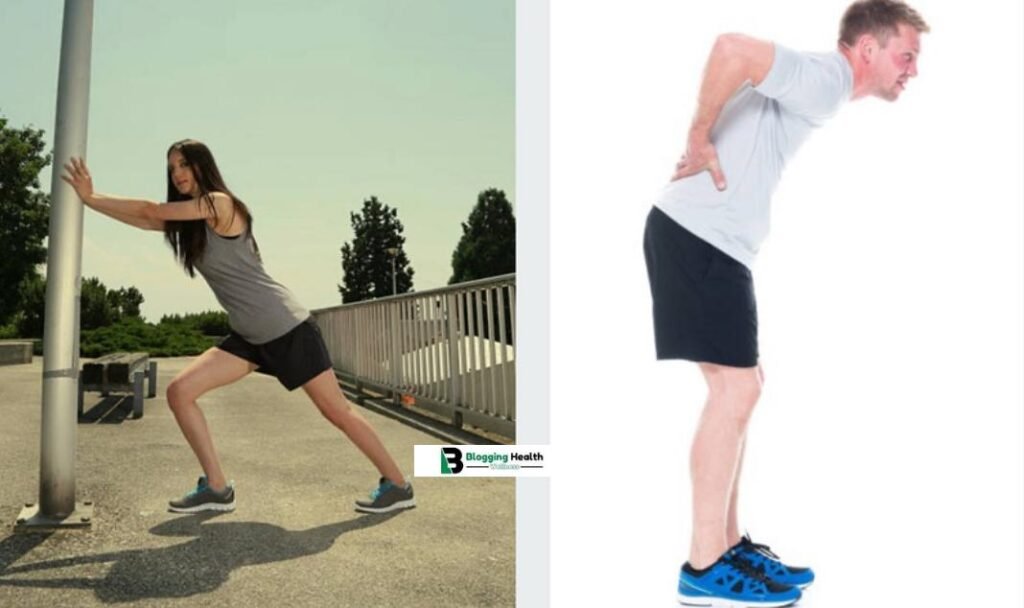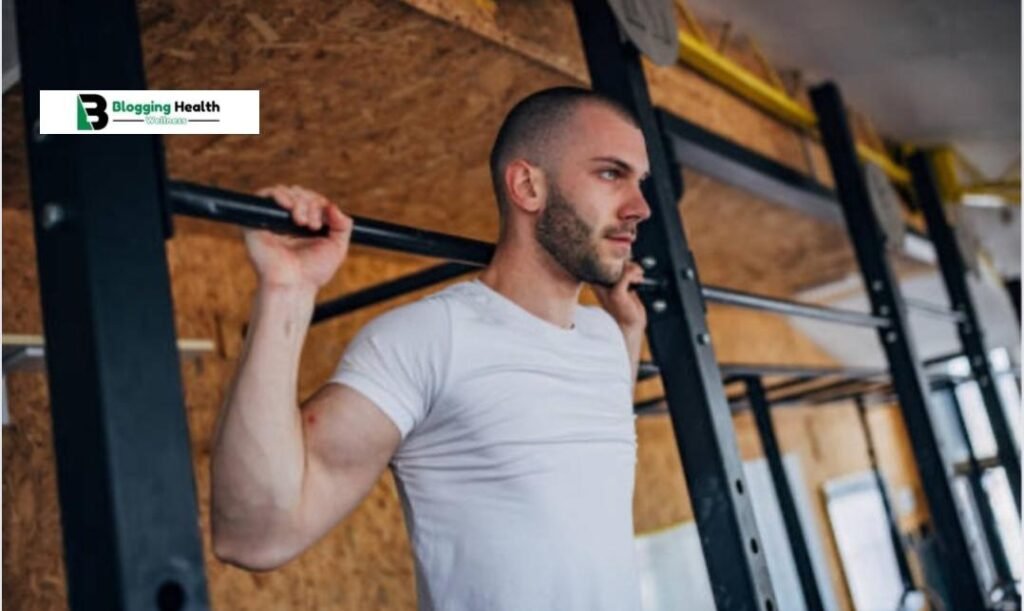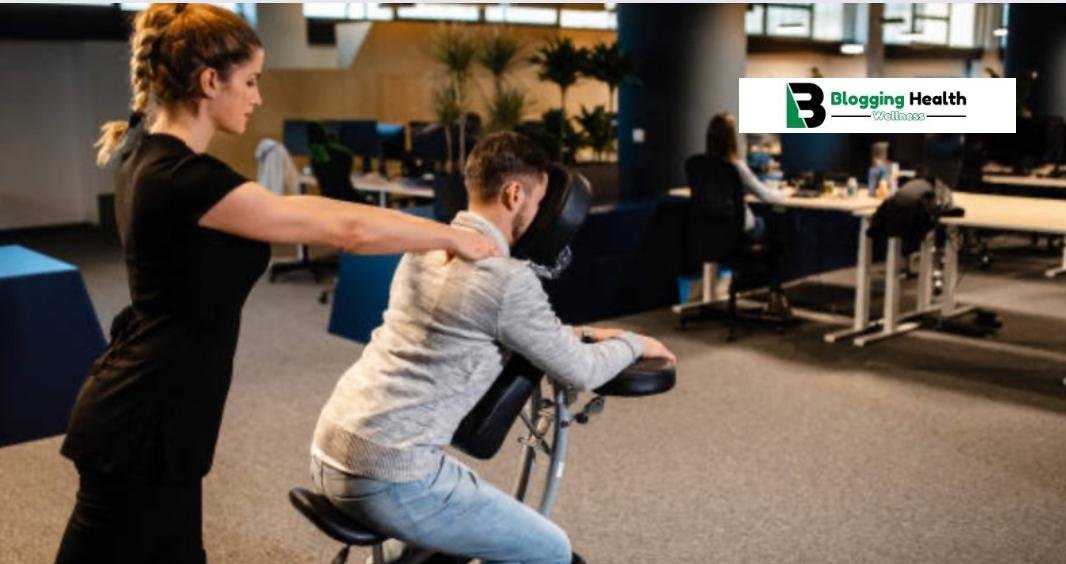An unique take on the classic lat pulldown exercise, the 30-degree lat pulldown is intended to more successfully target the upper back, shoulders, and lats. This position is a new challenge for people who want to improve their back workout because it introduces a major difference in muscle engagement, even though it is slight. We’ll go deep into the mechanics, advantages, correct technique, and variants of the 30-degree lat pulldown in this post so you have all the information you need to include this exercise in your fitness regimen.
Understanding the 30-Degree Lat Pulldown
An essential component of back training, the lat pulldown works the latissimus dorsi, a large muscle that runs from the lower back to the upper arms. The traditional lat pulldown works the lats, biceps, and other supporting muscles by having the subject pull a bar down from an overhead position to the chest while seated.
On the other hand, the 30-degree lat pulldown causes a small forward lean that is around 30 degrees off vertical. This change in emphasis marginally increases the recruitment of the muscles in the upper back, specifically the rhomboids, rear deltoids, and trapezius, although it still primarily uses the lats.

Biomechanics of the 30-Degree Lat Pulldown
To fully appreciate the 30-degree lat pulldown, it’s crucial to understand the biomechanics at play. By adjusting the torso angle to 30 degrees forward, the exercise changes the line of pull relative to the latissimus dorsi. This adjustment:
- Alters Muscle Recruitment: The forward lean increases the stretch on the lats at the top of the movement and enhances the contraction at the bottom, engaging more muscle fibers throughout the range of motion.
- Enhances Upper Back Engagement: The angle increases the involvement of the rhomboids and traps, making it an effective exercise for those looking to build a thicker, more defined upper back.
- Improves Scapular Mobility: The forward lean encourages greater scapular retraction and depression, promoting better shoulder health and mobility.
Proper Form and Technique
Executing the degree lat pulldown with proper form is essential to maximize its benefits and minimize the risk of injury. Here’s a step-by-step guide:
- Setup:
- Attach a wide grip bar to the lat pulldown machine.
- Adjust the thigh pad to secure your legs comfortably while seated.
- Sit down with your feet flat on the floor, knees bent at approximately 90 degrees.
- Grip the bar slightly wider than shoulder-width, palms facing forward (pronated grip).
- Body Position:
- Lean your torso forward slightly, approximately 30 degrees from vertical.
- Engage your core to stabilize your body in this position.
- Keep your chest up and shoulders down, avoiding any shrugging.
- The Pull:
- Initiate the movement by retracting your shoulder blades, bringing them together.
- Pull the bar down towards your upper chest, focusing on driving your elbows down and back.
- Ensure that your elbows stay in line with your torso and do not flare out excessively.
- The Squeeze:
- At the bottom of the movement, squeeze your lats and upper back muscles tightly.
- Hold this contraction for a brief moment to maximize muscle engagement.
- The Release:
- Slowly reverse the movement, allowing the bar to return to the starting position in a controlled manner.
- Ensure that your shoulder blades fully protract at the top to stretch the lats.
- Repetition:
- Perform the desired number of repetitions, maintaining control and proper form throughout.

Common Mistakes to Avoid
To ensure the effectiveness of the 30-degree lat pulldown and reduce the risk of injury, avoid these common mistakes:
- Excessive Leaning: Leaning too far forward can shift the focus away from the lats and strain the lower back. Stick to the 30-degree angle to maintain proper form.
- Using Momentum: Avoid using momentum to pull the bar down. Focus on controlled, deliberate movements to maximize muscle engagement.
- Flaring Elbows: Letting the elbows flare out too much reduces the involvement of the lats and increases the risk of shoulder strain.
- Neglecting Scapular Movement: Proper scapular retraction and depression are essential for effective lat engagement. Avoid allowing your shoulders to round forward.

Benefits of the 30-Degree Lat Pulldown
Incorporating the 30-degree lat pulldown into your routine offers several benefits:
- Enhanced Upper Back Development:
- The slight forward lean increases the recruitment of the upper back muscles, helping to build a thicker, more defined upper back.
- Improved Lat Activation:
- The angle shift enhances the stretch and contraction of the lats, leading to better muscle activation and growth over time.
- Greater Scapular Mobility:
- This exercise promotes better scapular movement, contributing to overall shoulder health and reducing the risk of injury in other upper body exercises.
- Versatility:
- The lat pulldown can be performed with various grips and attachments, allowing for a versatile approach to back training.
- Strengthening the Mind-Muscle Connection:
- The focus required to maintain proper form and engage the correct muscles improves the mind-muscle connection, leading to better overall workout quality.
Variations of the 30-Degree Lat Pulldown
To keep your workouts fresh and continue challenging your muscles, consider incorporating these variations of the 30-degree lat pulldown:
- Reverse Grip 30-Degree Lat Pulldown:
- By using a supinated (underhand) grip, this variation shifts more emphasis onto the biceps while still targeting the lats. The forward lean increases the range of motion and enhances the stretch on the lats.
- Close-Grip 30-Degree Lat Pulldown:
- Using a close grip (narrower than shoulder-width) targets the lower portion of the lats and the middle back. This variation is excellent for building back thickness.
- Single-Arm 30-Degree Lat Pulldown:
- Performing the exercise one arm at a time allows for greater focus on each side, helping to address muscle imbalances and improve overall symmetry.
- 30-Degree Lat Pulldown with V-Bar Attachment:
- The V-bar attachment changes the grip to a neutral position, providing a unique stimulus for the lats and upper back muscles. This variation also places less strain on the wrists and elbows.
- 30-Degree Lat Pulldown with Bands:
- Adding resistance bands to the lat pulldown machine increases the tension throughout the range of motion, providing a different type of resistance and enhancing muscle activation.
Programming the 30-Degree Lat Pulldown
The pulldown can be effectively integrated into your back training routine. Here’s how you can program it:
- For Hypertrophy: Aim for 3-4 sets of 8-12 repetitions. Focus on controlled movements, maximizing the stretch and contraction of the muscles.
- For Strength: Perform 4-5 sets of 4-6 repetitions with a heavier weight. Ensure that your form remains strict, even as you challenge yourself with heavier loads.
- For Endurance: Incorporate 2-3 sets of 15-20 repetitions with a lighter weight. This approach is ideal for those looking to improve muscular endurance and conditioning.
Combining with Other Back Exercises
To maximize your back development, consider pairing the 30-degree lat pulldown with other complementary exercises:
- Deadlifts: The deadlift is a compound exercise that targets the entire back, including the lats, traps, and lower back. Pairing deadlifts with the 30-degree lat pulldown provides a comprehensive back workout.
- Bent-Over Rows: This exercise targets the mid-back and lats, making it an excellent complement to the lat pulldown. The 30-degree angle of the pulldown mimics the body position in bent-over rows, providing a consistent stimulus.
- Face Pulls: Face pulls target the rear deltoids and traps, balancing the lat-focused nature of the pulldown. This combination promotes overall shoulder health and improves posture.
- Pull-Ups: Pull-ups are a bodyweight exercise that targets the lats and upper back. Incorporating both pull-ups and the pulldown into your routine ensures comprehensive back development.
Tips for Maximizing Results
To get the most out of your 30-degree lat pulldown workouts, consider these tips:
- Warm-Up Properly:
- Before starting your workout, ensure your shoulders and back are adequately warmed up. Incorporate dynamic stretches and light sets of pulldowns to prepare your muscles.
- Focus on Form:
- Prioritize proper form over lifting heavier weights. This will ensure that you target the correct muscles and reduce the risk of injury.
- Mind-Muscle Connection:
- Concentrate on feeling the lats and upper back muscles working during each repetition. Visualize the muscles contracting and stretching to improve engagement.
- Progressive Overload:
- Gradually increase the weight or resistance as you become stronger. Progressive overload is key to continuous muscle growth and strength development.
- Rest and Recovery:
- Allow your muscles time to recover between workouts. Incorporate rest days and ensure you’re getting enough


